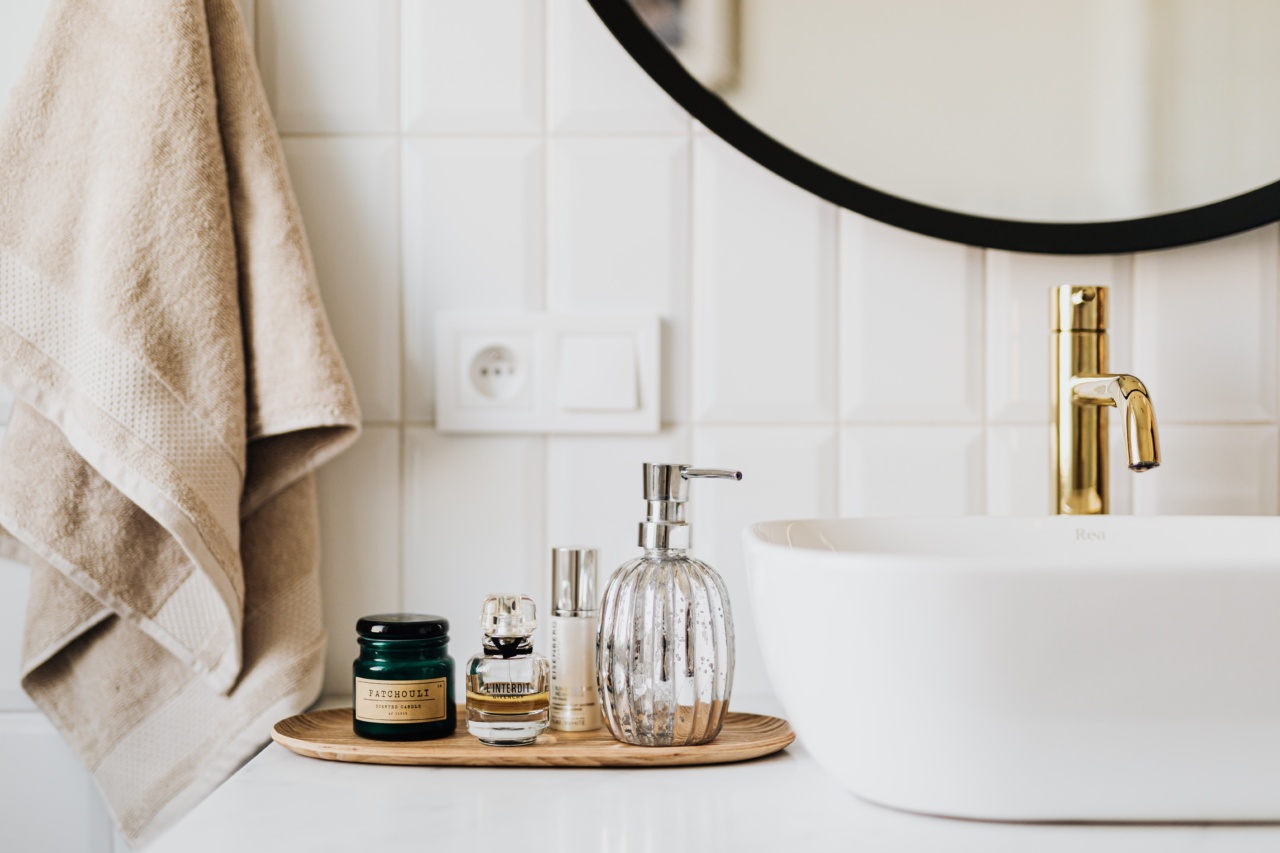Herpes zoster, commonly known as shingles, is a viral infection that causes rash and blisters on the skin. It is caused by the varicella-zoster virus, which also causes chickenpox.
Shingles can be very painful and uncomfortable, but there are many effective ways to treat it at home. In this article, we will discuss some of the most effective ways to treat herpes zoster at home.
1. Take antiviral medication
Antiviral medication can help to reduce the severity and duration of shingles. It also helps to prevent complications such as postherpetic neuralgia. Antiviral medication is most effective when taken within 72 hours of the rash appearing.
Some common antiviral medications used to treat shingles include acyclovir, valacyclovir, and famciclovir. These medications should only be taken under the guidance of a healthcare professional.
2. Apply cool compresses
Applying cool compresses to the affected area can help to relieve pain and itching associated with herpes zoster. Cool compresses can also help to reduce inflammation and swelling.
To make a cool compress, soak a clean cloth in cool water and apply it to the affected area for 10-15 minutes at a time. Repeat several times a day as needed.
3. Use calamine lotion
Calamine lotion can help to relieve itching and irritation caused by shingles. It also helps to dry out the blisters and prevent infection. To use calamine lotion, apply it directly to the affected area using a clean cotton ball or swab.
Repeat several times a day as needed.
4. Take pain medication
Over-the-counter pain medication such as acetaminophen and ibuprofen can help to relieve pain and discomfort associated with shingles.
These medications should only be taken as directed on the label, and should not be taken for more than 10 days without consulting a healthcare professional.
5. Get plenty of rest
Getting plenty of rest is important when you have shingles. It helps your body to heal and recover from the infection. Make sure you get plenty of sleep at night, and take it easy during the day.
Avoid strenuous physical activity, and give your body a chance to rest and recover.
6. Practice good hygiene
It is important to practice good hygiene when you have shingles. This helps to prevent the infection from spreading to other areas of your body, or to other people. Wash your hands frequently, and avoid touching the rash or blisters.
Cover the affected area with a clean, dry bandage or dressing to prevent infection.
7. Use colloidal oatmeal
Colloidal oatmeal can help to relieve itching and irritation caused by shingles. It also helps to soothe and moisturize the skin. To use colloidal oatmeal, add a cup of oatmeal to a warm bath and soak for 15-20 minutes.
You can also make a paste by mixing oatmeal with water, and applying it directly to the affected area.
8. Apply aloe vera gel
Aloe vera gel can help to relieve pain and inflammation caused by shingles. It also helps to moisturize and soothe the skin. To use aloe vera gel, apply it directly to the affected area using a clean cotton ball or swab.
Repeat several times a day as needed.
9. Take a cool bath
Taking a cool bath can help to relieve itching and irritation associated with shingles. It can also help to reduce inflammation and swelling. Make sure the water is not too hot, as this can further irritate the skin.
Soak in the cool bath for 10-15 minutes, and repeat as needed.
10. Practice stress-reduction techniques
Stress can weaken the immune system and make it harder for the body to fight off the infection. Practicing stress-reduction techniques such as meditation, deep breathing, and yoga can help to reduce stress and improve the immune system.
This can help to speed up the healing process and reduce the risk of complications.





























